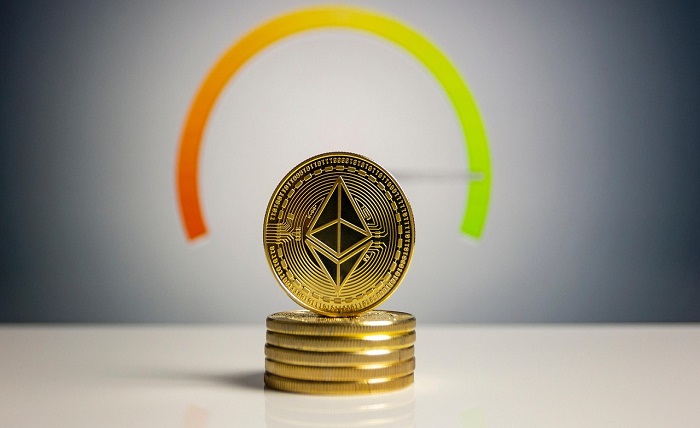
A decade after its introduction, the ERC20 standard remains the undisputed benchmark for fungible tokens within the Ethereum ecosystem and the broader EVM-compatible landscape. In an industry defined by rapid change, its persistence is a testament to its robust design and the powerful network effects it has cultivated. As of late 2025, launching an ERC20 token continues to be a foundational step for countless new projects entering the world of decentralized finance, governance, and Web3 applications.
What is the ERC20 Token Standard? A Refresher
At its core, Ethereum Request for Comment 20 (ERC20) is a technical blueprint. It defines a common set of six mandatory and three optional functions that a smart contract must implement to be considered an ERC20 token. These functions govern essential operations like transferring tokens, checking an address’s balance, and granting approval for a third party (such as a decentralized exchange) to handle tokens. This standardization ensures that any compliant token can seamlessly interact with any wallet, protocol, or exchange on the network, fostering a permissionless and interoperable environment.
The Strategic Choice of the Ethereum Ecosystem
While numerous high-performance blockchains have emerged, the Ethereum ecosystem—comprising the mainnet and its flourishing Layer 2 scaling solutions like Base, Arbitrum, and Optimism—retains immense gravity. Projects continue to build here to leverage its unparalleled security, deep liquidity, and the most extensive and battle-tested infrastructure in DeFi. Launching an ERC20 token provides a project with immediate access to this vast user base and the most trusted applications in the space, a strategic advantage that is difficult to replicate elsewhere.
Modernizing the Deployment of Ethereum-Based Tokens
The process for bringing an ERC20 token to life has undergone a significant transformation. The traditional path required specialized knowledge of the Solidity programming language and a meticulous, often costly, security audit to prevent potential vulnerabilities. Today, this high barrier to entry has been largely eliminated by no-code development platforms. These tools provide an intuitive, web-based interface that empowers founders to deploy a secure, compliant, and feature-rich token without writing any code. The process, as seen on platforms like https://20lab.app/generate/erc20-token/, involves selecting a network, defining parameters like name and supply, and choosing from pre-audited advanced features such as transaction taxes or minting capabilities.
Essential Considerations for a Compliant Token Launch
While modern tools have streamlined the technical deployment, the strategic responsibilities of the founding team have only grown in importance. A successful launch is predicated on a well-conceived tokenomic model that ensures sustainability, a clear utility that drives organic demand, and transparent communication with the community. By abstracting away the complexities of smart contract development, these platforms enable teams to dedicate their focus to these critical elements that ultimately determine a project’s long-term value and success.
Disclaimer: This article is for informational purposes only and does not constitute financial, investment, or legal advice. The cryptocurrency market is highly volatile and speculative. Always conduct your own research and consult with a qualified professional before making any investment decisions.



